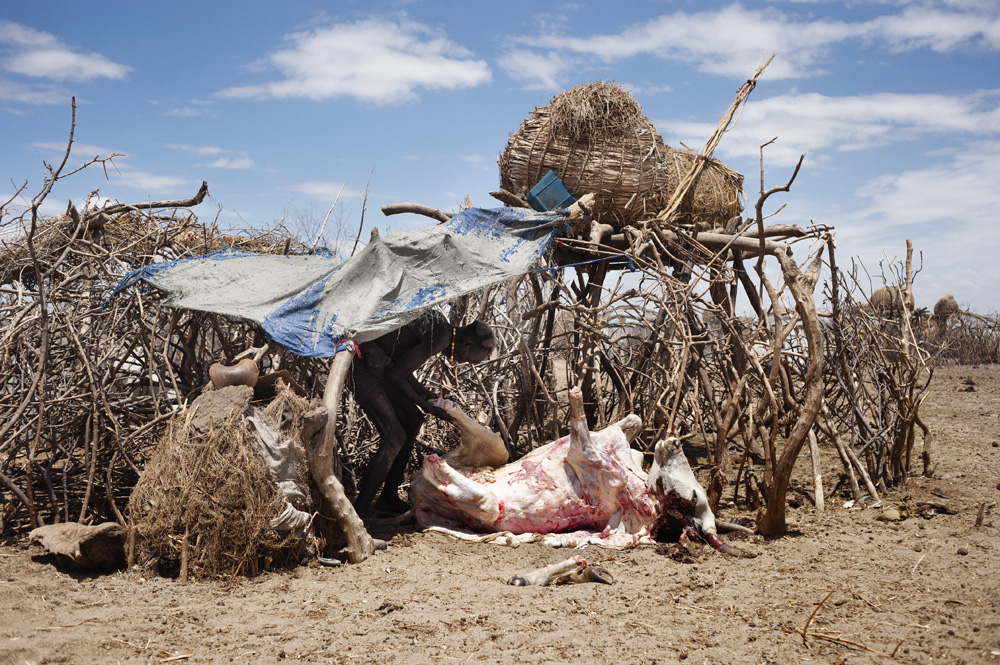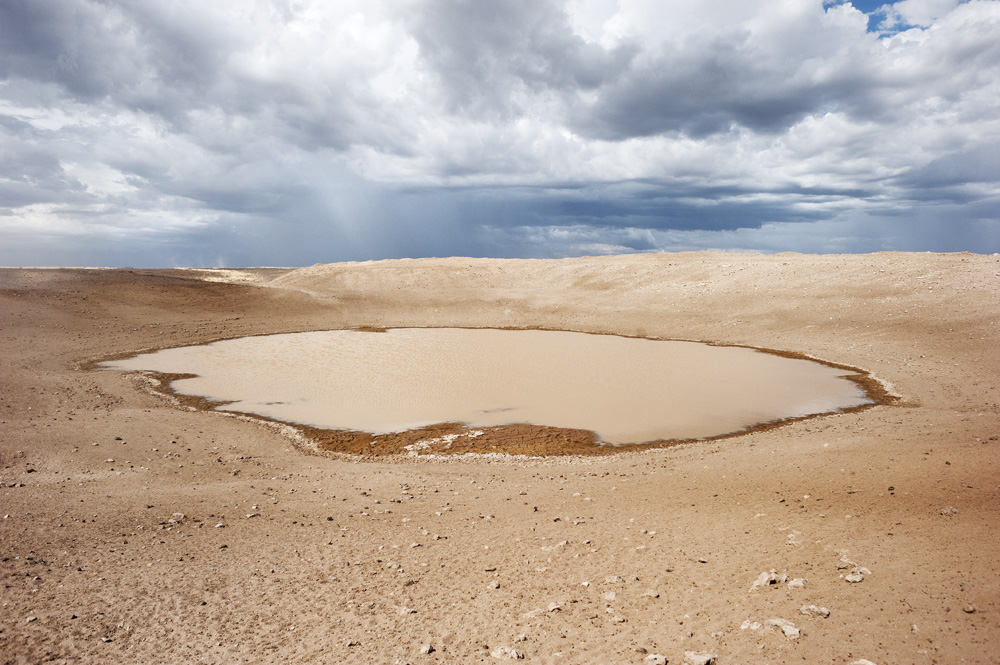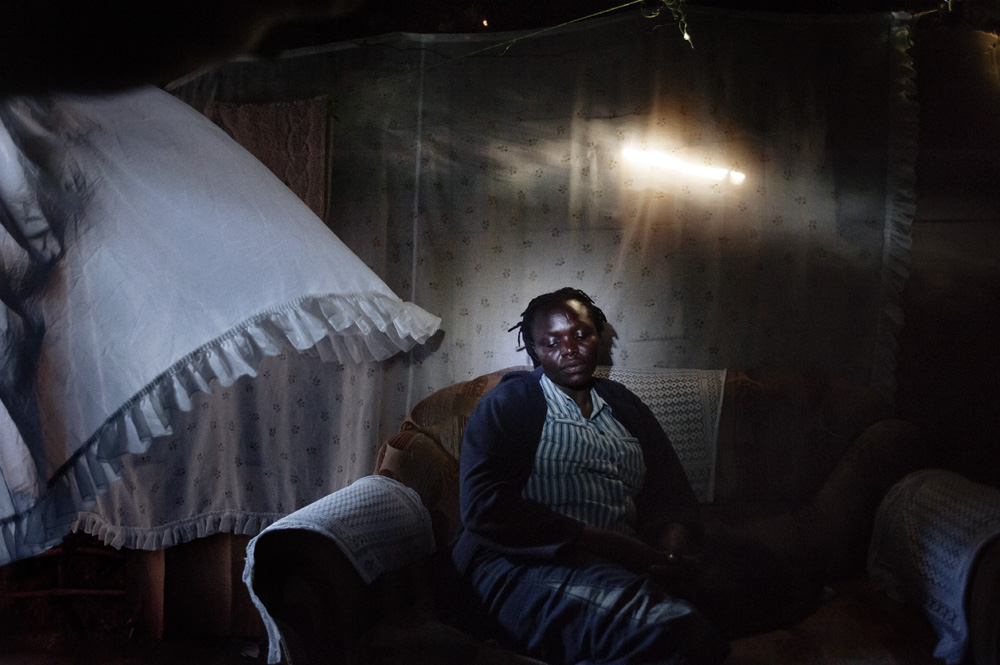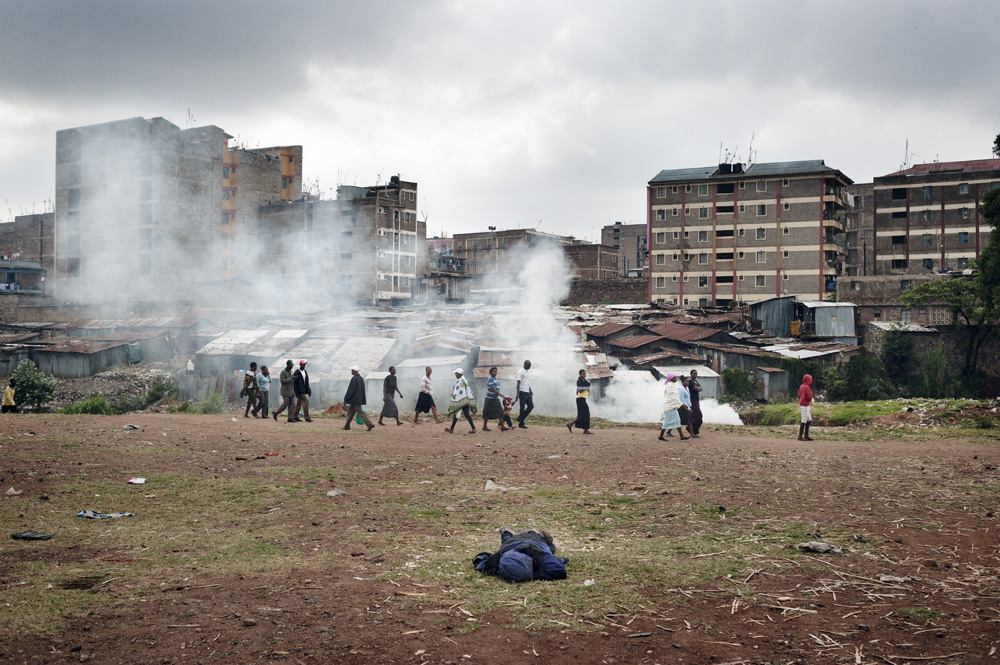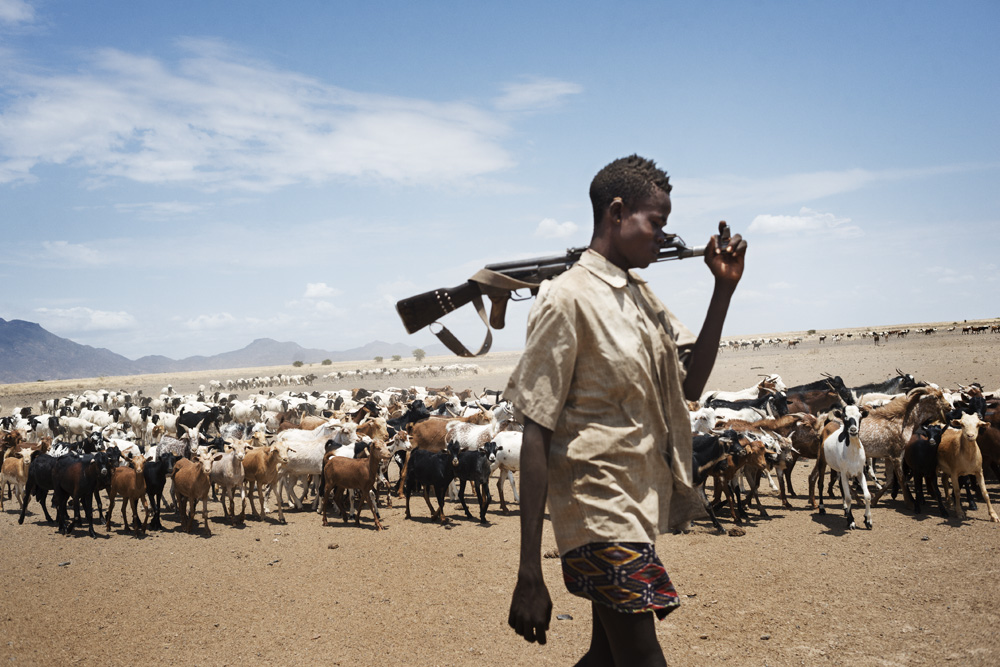Environmental migrants: the last illusion. Nairobi, Kenya.
Climate changes are causing alterations to landscapes, economic emergencies and above all human suffering. By 2025 two thirds of the world's population could live in conditions of water stress and although everyone will have access to electronics, billions of individuals will be left without water. The Horn of Africa is one of the areas most affected by this plague: desertification is advancing relentlessly to the border between Kenya and Ethiopia bringing with it armed conflicts over grazing land, as well as drought and famine. In the Turkana area, in Kenya, I was able to show the high price the population is paying for the ongoing variations in the rain cycle. Among the tribes a man's wealth is measured by the number of cattle he owns. The absence of rain has decimated the animals and the farmers are constantly engaged in internal battles for the control of water resources and grazing land, which are becoming more and more limited. It is due to the fear of tribal conflicts and the lack of prospects, that many Kenyans have been forced to look for social-economic security in the capital, Nairobi. But their hopes become dashed in the slums, those shanty towns where the population doubles together with extreme poverty. The story of the environmental migrants is about families torn apart and broken lives; people who are losing their land and traditions.
Alessandro Grassani (b. 1977, Italy). In 2011 he begins a new long-term project called -Environmental migrants, the last illusion- documenting around the world the life of the people forced to migrate because of climate changes and with no alternative to the illusion of a better life in the city. His works has been published among other by Sunday Times and Time magazine, exhibited at International Photographic Festival of Arles and awarded at Sony World Photography Awards, Luis Valtuena 15th International Humanitarian Photography Award, Days Japan International and International Photography Awards.
